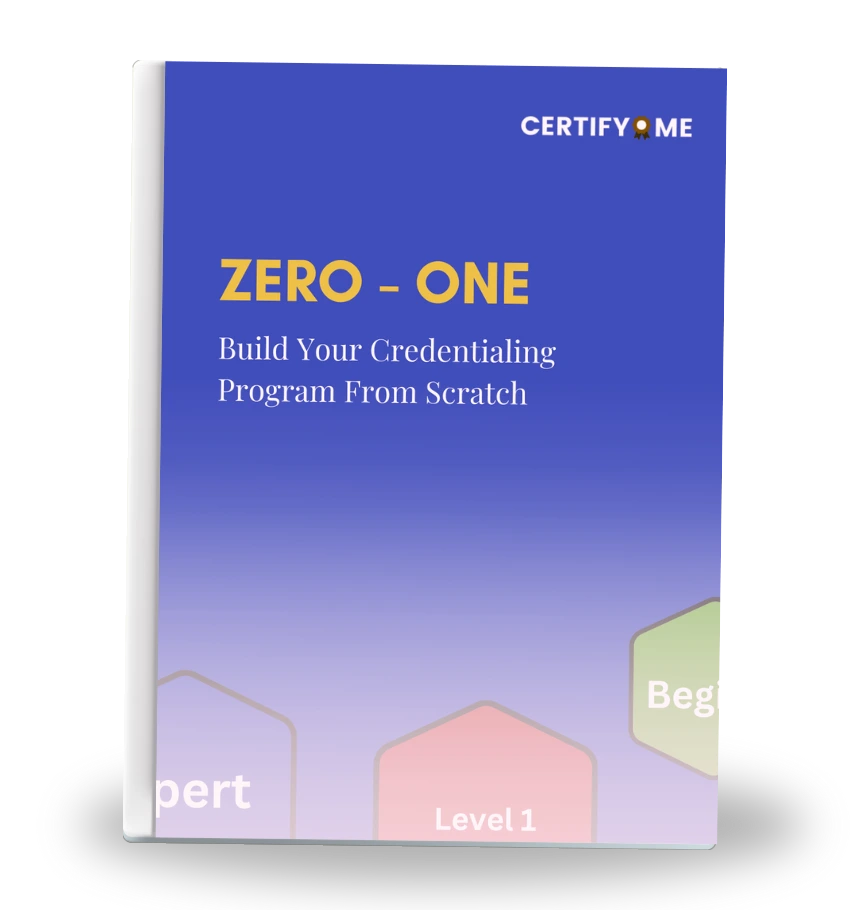Summary
Digital Badges A Potential Career Advancement
Digital Badges A Potential Career Advancement
Whether you’re a professional or a student, how do you display your expertise to future employers or promote your skills?
In the digital age, knowledge and information may now be accessed from any platform. To measure our skillset and demonstrate our competency, digital training programmes and courses awarding digital badges are growing in popularity, and we must aid this information for the benefit of employment. Digital badges are a way of recognising and verifying a learner’s achievements, abilities, and interests while also encouraging them in progressing in their career.
Let’s discuss, Digital Badges:
Digital Badges are digital representations of an individual’s professional qualifications, skill, interest, or accomplishment, as well as tools verifying and displaying the same. These badges are often used for low-stakes credentials and are still in the early stages of development. Digital Badges have a clean, professional appearance and are designed to reflect the associated certificate. In 2011, the Mozilla Foundation created Open Badges, a technical standard for issuing and displaying digital badges across online websites and non-profit organisations.
Digital badges are accompanied by meta-data that validates the badge’s identity and content. By clicking on the displayed badge, which contains encrypted metadata, a potential employer can learn more about your digital badge. For instance, Prospective employers can learn about the issuer, the receiver, the badge’s criteria, and other relevant information, as well as validate the badge with ease.
Endorsing Skills:
In the skills area of someone’s LinkedIn page, you’ll often see endorsement indicators, where you or others can add an approval for any skill therein. Anyone can recommend a link on LinkedIn for a range of abilities, including both soft skills and hard skills. Endorsements from your colleagues enhance the credibility of the skills you list in your profile. According to LinkedIn, receiving a lot of endorsements for a talent gives your profile more credibility since it implies that your professional association recognises you have that skill.
Remember the following while using endorsements:
Seek endorsements from senior-level, well-experienced managers who are familiar with you and your work Hide any endorsements you believe are unsuitable Request endorsements for your most marketable and vital talents
Tips on using digital badges:
Learn what abilities prospective candidates are lacking the most and earn digital badges in those areas and will assist you in persuading a hiring manager digital badges Demonstrate to a potential employer that you are competent and allow you to highlight additional skills that are useful in a job role, such as your persistence in training, participation, and progress
Storing Digital Badges:
The Mozilla Open Badge Infrastructure (OBI) specification appears to be the most widely known platform for digital badges. When a credentialing organisation issues you a badge, you can save it in a “backpack,” which is a portfolio-style backend record that stores this badge or any other credential earned from various credentialing organisations. Although Mozilla has its backpack storage system, other OBI-compliant providers do as well. Users of Mozilla Backpack have the benefit of having their awards private or displaying all or most of them on specific websites, social media tools, platforms, or networks.
In Conclusion:
Digital badges are verifiable digital proof of competencies gained through digital programmes or training that can be displayed or endorsed on various professional websites such as LinkedIn for career advancement.

 Author :
Author : 







